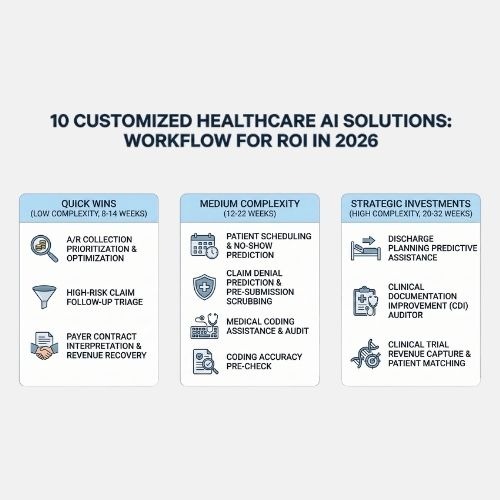Remote patient monitoring (RPM) is revolutionizing healthcare by providing continuous care without the need for frequent person visits to clinics.
Through advanced remote patient monitoring devices, doctors can track vital signs and patient data, ensuring better care for chronic illnesses such as heart disease, high blood pressure, and chronic obstructive pulmonary disease (COPD). Let’s dive into the five top benefits of RPM and how it is transforming patient care.
1. Improved Patient Care and Health Outcomes
One of the most significant benefits of remote patient monitoring for doctors is the ability to continuously monitor patients, providing timely insights into patient conditions. For patients with chronic illnesses such as heart disease and COPD, RPM programs allow healthcare providers to track vital signs such as heart rate and oxygen levels in real time.
Devices like blood pressure monitors offer crucial data, helping doctors make informed decisions to reduce the risks associated with chronic conditions. This level of monitoring ensures early intervention, reducing hospitalizations and readmissions, and keeping patients healthier over the long term.
Key benefits:
- Continuous monitoring of vital signs
- Timely interventions for chronic illnesses
- Reduced hospitalizations and readmissions
2. Convenience for Patients and Doctors
One of the standout benefits of remote patient monitoring systems is the convenience it offers. Patients no longer need to frequently visit clinics in person for routine checkups.
Instead, they can monitor their health from the comfort of their homes. Virtual care has become an essential aspect of healthcare, especially for those living in rural areas where access to healthcare providers may be limited.
With RPM, doctors can keep an eye on patient health remotely, minimizing in-person visits and making it easier for patients to adhere to care plans without traveling long distances.
Key benefits:
- Fewer in-person visits
- Convenience for rural patients
- Enhanced access to healthcare via virtual care
3. Better Management of Chronic Illness
Managing chronic illnesses like high blood pressure or COPD requires regular monitoring and adjustments to care plans. With remote patient monitoring, patients with chronic conditions can stay on top of their health data. This constant flow of information enables healthcare providers to respond faster and adjust treatments as needed, improving patient outcomes.
RPM programs offer real-time data collection, reducing the risk of complications or severe episodes. By using RPM devices, healthcare providers can monitor patient conditions more effectively, ensuring that health data is always up to date.
Key benefits:
- Real-time data for better chronic illness management
- Reduced risks of complications
- Enhanced patient compliance with treatment plans

4. Reduced Healthcare Costs
Remote patient monitoring offers significant cost savings for both patients and the healthcare industry. By reducing the need for in-person visits and minimizing hospital readmissions, RPM programs lower the overall burden on healthcare systems.
Hospitals and clinics can allocate resources more effectively, focusing on critical care while RPM handles the day-to-day monitoring of patients. For patients, the ability to manage conditions at home means fewer expensive hospital stays and doctor visits. These savings make healthcare more accessible and affordable, especially for those managing chronic conditions over time.
Key benefits:
- Fewer hospitalizations and doctor visits
- Reduced healthcare costs for patients
- Efficient allocation of healthcare resources
5. Enhanced Patient Engagement and Empowerment
Remote patient monitoring encourages patients to take an active role in their healthcare. By having access to their health data—whether it’s blood pressure readings, heart rate, or other vital signs—patients become more aware of their condition and the impact of their lifestyle choices.
This empowerment fosters better patient engagement, encouraging individuals to stick to their prescribed care plans. In the long run, this can lead to healthier habits and better management of chronic conditions, ultimately improving overall patient health.
Key benefits:
- Increased patient engagement with their health data
- Empowerment to make informed decisions about care
- Improved adherence to treatment plans
The Bottom Line
The benefits of remote patient monitoring in the healthcare industry are undeniable. From better patient outcomes and convenience to cost savings and improved chronic illness management, RPM programs are changing the way healthcare is delivered. Whether it’s reducing person visits or enhancing patient engagement, the benefits of remote patient monitoring systems offer a future where healthcare is more efficient, accessible, and patient-centered.
By integrating RPM devices into healthcare practices, doctors can monitor patients more effectively, reduce the risks of complications, and ensure continuous care for those who need it most—particularly in rural areas or for patients managing chronic conditions. RPM is truly a game-changer in modern healthcare, offering a brighter future for both patients and providers alike.



